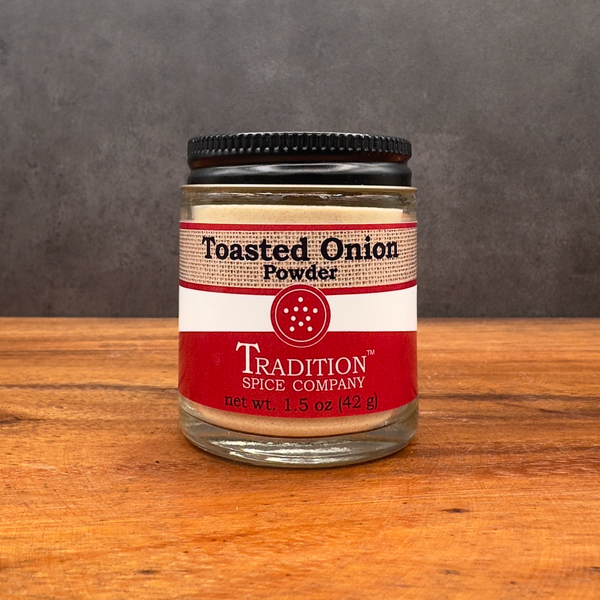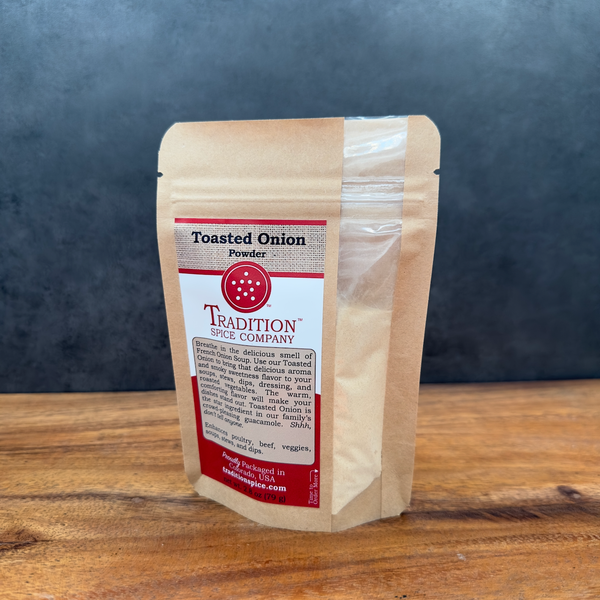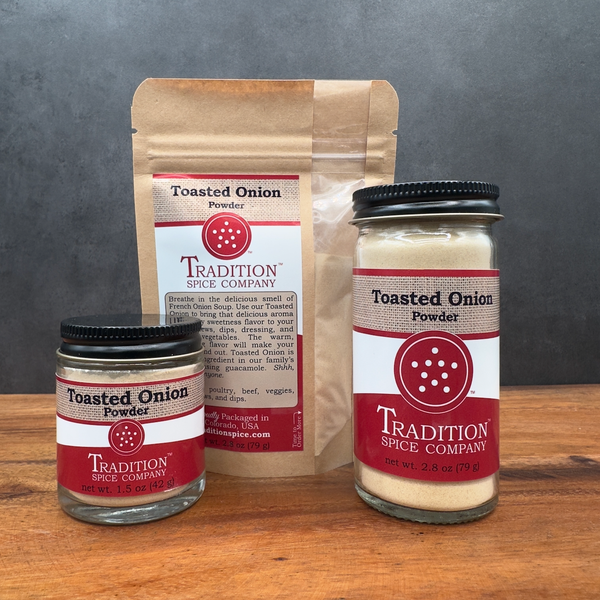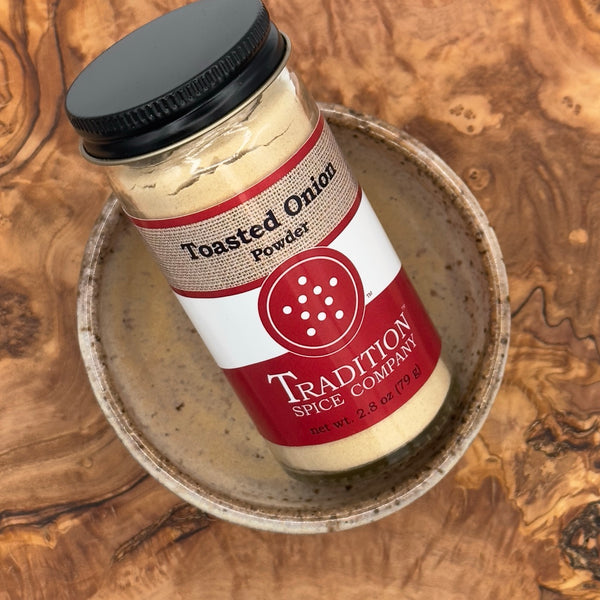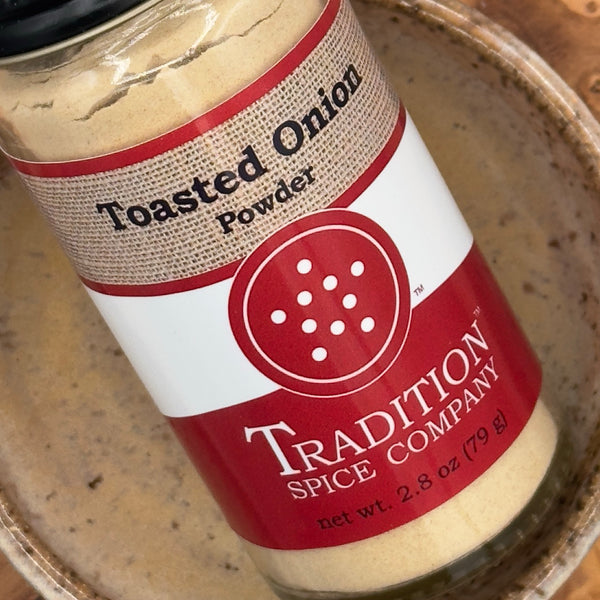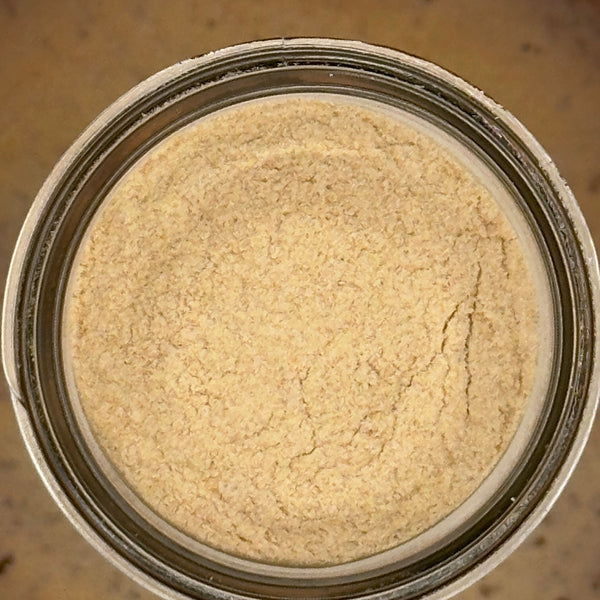Toasted Onion Powder: A Global Staple with Deep Roots and Rich Flavor
Jan 03, 2025
Toasted onion powder might not catch your eye on a spice rack, but it holds a quiet power in kitchens across the world. With its rich, savory depth and long shelf life, this pantry hero transforms meals from the mundane to the mouthwatering. But before it graces your skillet or soup pot, toasted onion powder takes a fascinating journey—from fertile fields in rural America to carefully monitored dehydration facilities. Let’s explore the earthy origins, intricate processing, and mouthwatering applications of toasted onion powder.
Where in the World Onions Grow Best
Onions, the pungent and versatile bulbs that form the backbone of so many dishes, are grown across the globe. Leading the charge are countries like China, India, and the United States. Together, they dominate global onion production thanks to their vast acreage, experienced farmers, and climate conditions favorable to onion cultivation.
In the U.S., onions are a major crop, grown in over 20 states, but certain regions have carved out a reputation for high-quality harvests. California's Central Valley leads the nation in onion production, where the Mediterranean-like climate—with hot, dry summers and cool, moist winters—offers the perfect conditions. Eastern Oregon and Washington’s Columbia Basin are also notable onion-growing hubs, thanks to their volcanic, well-draining soils and long summer days. Down in Georgia, sweet Vidalia onions are a regional treasure, benefitting from the sandy, low-sulfur soils unique to that area.
The cultivation of onions requires patience and precision. Farmers—many from multigenerational agricultural families—prepare the soil months in advance, ensuring it's loose, friable, and rich in organic matter. Onions demand full sun and a long growing season. Irrigation must be balanced: too little water, and the bulbs don’t fill out; too much, and disease can ruin the crop. These rural growers, many of whom rise before dawn and finish after sunset, are the unseen stewards behind every flake of toasted onion powder.
From Field to Flavor: Processing Toasted Onion Powder
Once harvested, onions must be handled quickly to avoid spoilage. After curing in well-ventilated sheds to dry the outer skins, the best bulbs are selected for further processing. To create toasted onion powder, these onions are first peeled, sliced, and dehydrated in controlled environments that simulate gentle, oven-like heat. This slow dehydration reduces the moisture content significantly—usually to below 5%—allowing the onions to become shelf-stable.
The "toasting" process is where the magic happens. Instead of stopping at basic dehydration, the onions are subjected to higher temperatures for a short time. This step caramelizes the natural sugars in the onion, developing deep, nutty, and slightly sweet notes that mimic the flavor of slow-cooked onions without any need for chopping or sautéing.
Once toasted, the onions are ground into a fine powder and passed through sieves to ensure consistent texture. This powder is then packaged in airtight containers to preserve its aromatic potency.
Through this process, not only are the onions’ flavors concentrated and enhanced, but the resulting powder is also remarkably shelf-stable, giving home cooks and chefs alike a go-to seasoning that’s always ready when they are.
Toasted Onion Powder in Everyday Meals
Toasted onion powder is a quiet culinary workhorse. It disappears into dishes without fanfare, but its impact is unmistakable—adding umami, depth, and warmth.
In hearty casseroles, a teaspoon of toasted onion powder infuses richness without the need to sauté onions in butter or oil. Creamy dips and dressings, from French onion-inspired yogurt dips to tangy ranch sauces, rely on it for backbone. It elevates spice rubs for grilled meats, especially in barbecue traditions that span from Texas brisket to Carolina pulled pork. And in stews or bean dishes, especially those slow-simmered in cast iron pots, it provides a layer of flavor that usually takes hours to develop.
Its utility also shines in vegetarian and vegan cooking, where depth of flavor is often hard-won. In plant-based broths or lentil soups, toasted onion powder gives the perception of a long-cooked base—without the time or animal products.
Simple Recipes That Highlight Toasted Onion Powder
While toasted onion powder adds flavor to nearly any dish, it also has a place in standout, simple recipes that let its unique taste shine. Here are a few that bring out the best in this understated spice:
1. Toasted Onion Hummus
In a food processor, combine 1 can of drained chickpeas, 2 tablespoons of tahini, 1 clove of garlic, the juice of half a lemon, 1 teaspoon toasted onion powder, ½ teaspoon salt, and a splash of olive oil. Blend until smooth. Add water to reach desired consistency. This dip has a deep, savory note that sets it apart from traditional hummus.
2. Onion-Crusted Roast Potatoes
Toss quartered red potatoes in olive oil, 1 tablespoon of toasted onion powder, a pinch of paprika, sea salt, and black pepper. Roast at 425°F (220°C) for 35–40 minutes, turning once, until crispy. The toasting on the powder creates a roasted-allium crust that pairs beautifully with hearty main dishes.
3. Creamy Onion Pasta Sauce
In a saucepan, melt 2 tablespoons of butter. Add 1 teaspoon toasted onion powder and a pinch of nutmeg. Stir in 1 cup of heavy cream and ¼ cup grated Parmesan cheese. Simmer until slightly thickened. Toss with cooked fettuccine and garnish with chopped parsley. The onion powder gives the sauce a robust base without needing a traditional roux or sautéed base.
The Heart of Flavor, Preserved
Toasted onion powder isn’t just a kitchen convenience—it’s a distilled essence of long sunny days, careful hands, and thoughtful processing. It captures the flavor of slow-cooked onions in a jar, thanks to generations of growers, processors, and culinary traditions. Whether you’re stirring it into a stew, blending it into a dip, or sprinkling it into a spice rub, toasted onion powder offers a depth that whispers of rural fields and careful craftsmanship.
So next time you reach for that small, unassuming jar, remember: you're holding more than a seasoning. You're holding the sunbaked soil of Eastern Oregon, the heritage of California farmers, and a century of culinary wisdom in powdered form.



